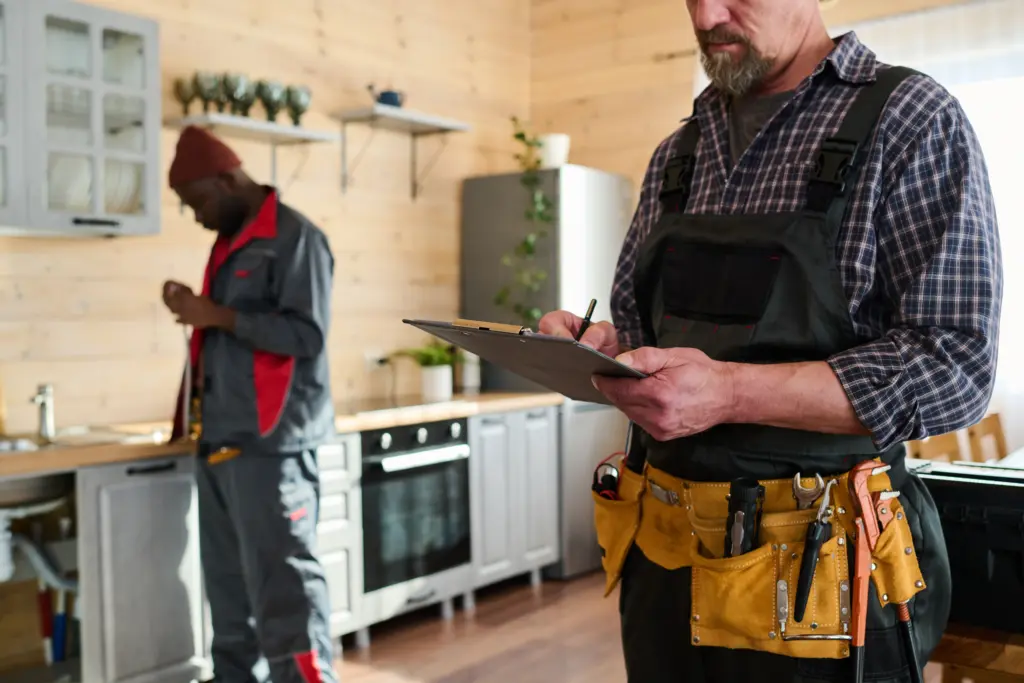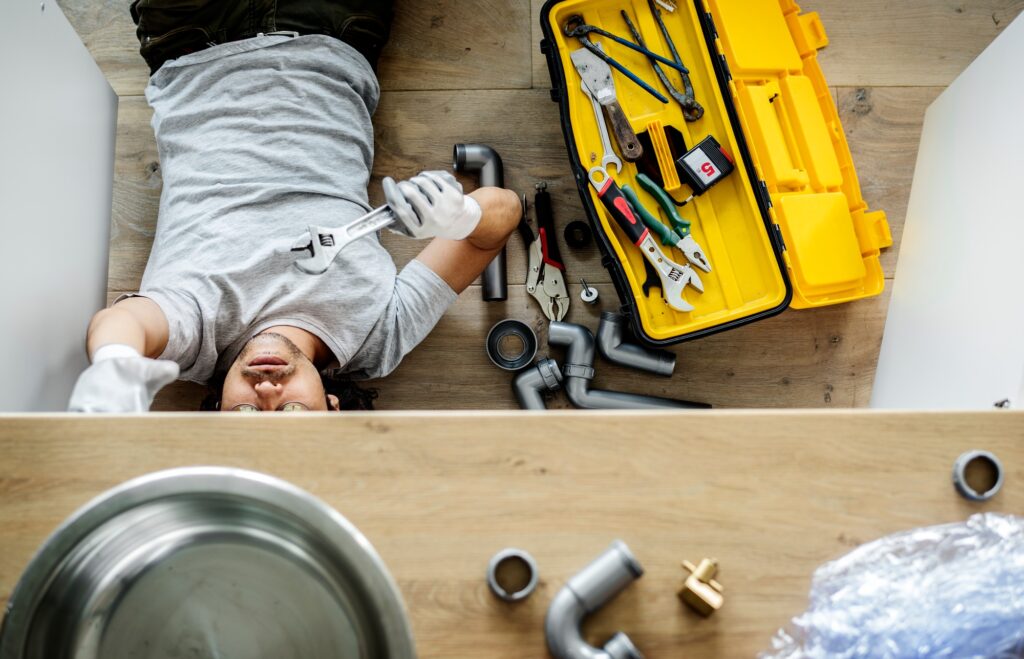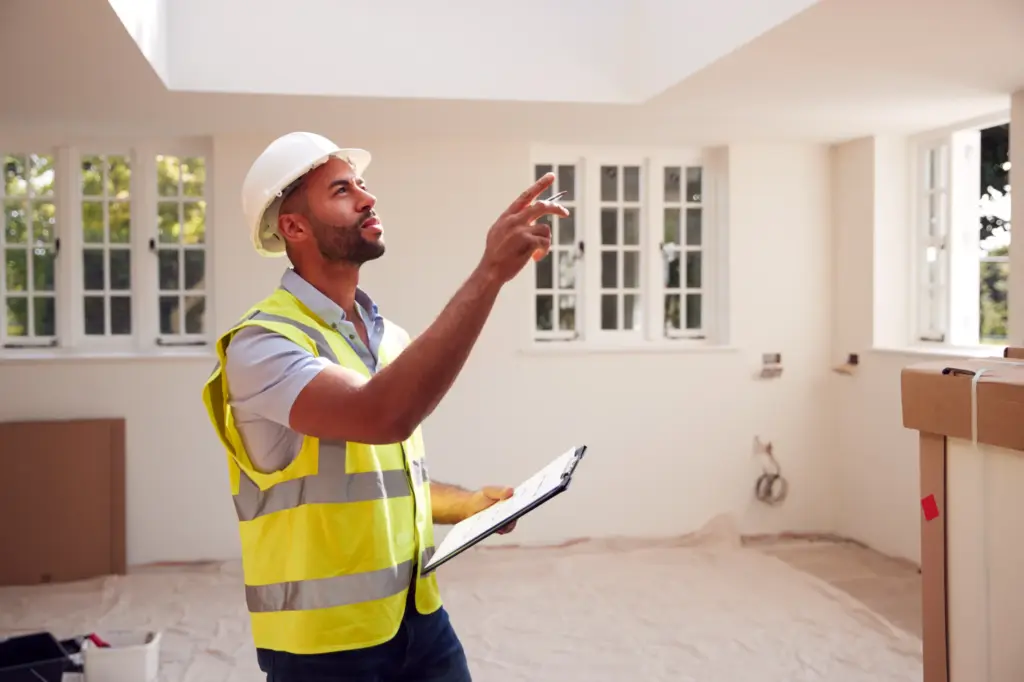How Find Water Leak in House
Water leaks are one of the most common and damaging issues that homeowners face, often developing quietly behind walls, under floors, or above ceilings before revealing themselves. Left unchecked, a hidden water leak can lead to mold growth, structural damage, increased utility bills, and even health risks. That’s why it’s so important to know how find water leak in house early—before it becomes a major problem.
The process of locating a water leak involves more than just spotting a puddle or hearing dripping sounds. It requires understanding how plumbing systems work, identifying common signs of leakage, and knowing where to look first. In some cases, it also calls for professional tools and the trained eye of an inspector to detect damage that’s invisible to homeowners.
If you suspect something isn’t quite right with your plumbing or water usage, learning how find water leak in house is the first step toward protecting your property and preventing unnecessary costs.

Recognizing the Subtle Signs of a Leak
Understanding how find water leak in house begins with knowing what warning signs to watch for. Not all leaks are obvious. In fact, many develop silently over time, creating damage that only becomes visible when it’s already extensive. Discolored patches on ceilings or walls, musty odors, damp spots under sinks, or warped flooring are often the first clues.
Increased water bills without a clear explanation can also suggest a hidden leak. According to the U.S. Environmental Protection Agency (EPA), the average household’s leaks can account for nearly 10,000 gallons of wasted water every year. That’s the equivalent of 270 loads of laundry—and most of it is invisible to the naked eye.
Unusual sounds like hissing, dripping, or running water when all faucets are off can also indicate internal pipe leaks. Over time, water behind the walls can degrade insulation, weaken framing, and promote mold spores, particularly in humid environments like bathrooms and basements.
Key Areas Where Leaks Often Occur
When learning how find water leak in house, it’s important to start with the most common problem areas. These include bathrooms, kitchens, basements, and laundry rooms—spaces where water fixtures, drains, and supply lines are in constant use.
In bathrooms, toilet flappers, leaky seals around the base, and dripping faucets are usual culprits. You might not see the leak, but staining around the base or moisture on the floor can be a giveaway. Showers and tubs may leak from worn caulking, cracked tiles, or behind the wall through faulty connections.
In kitchens, sink drains, dishwashers, and refrigerator water lines are typical sources of trouble. Leaks here often begin with a slow drip under the sink or behind appliances and can lead to rotting cabinetry and flooring if ignored.
Basements are particularly vulnerable due to their location below grade. Water can seep in from foundation cracks, poorly sealed windows, or sump pump malfunctions. Pipes that run through unfinished basement ceilings may also show signs of condensation or corrosion, both of which can lead to leaks.
If you’re noticing moisture but can’t pinpoint the source, it’s worth checking areas where plumbing runs through walls or ceilings. Water takes the path of least resistance, meaning it can show up far from where it originated.

Using the Water Meter to Detect Hidden Leaks
One of the simplest yet most reliable methods in how find water leak in house is using the water meter to confirm a leak. Begin by turning off all water-using appliances, faucets, and toilets in the house. Then locate your home’s water meter—usually found outside near the curb—and check the dial or digital readout.
Many water meters include a small leak detection indicator, often shaped like a triangle or gear. If that dial is spinning, even though water is not in use, it suggests a leak is present somewhere in the system.
Take a reading from the meter and wait 30 to 60 minutes without using any water. If the number has changed when you check again, it’s a strong sign that water is escaping. This approach won’t tell you where the leak is, but it confirms whether further investigation is needed.
The Role of Professional Leak Detection
While some homeowners can identify visible leaks or use meters to confirm issues, more complex cases call for professional help. When understanding how find water leak in house, it’s essential to know your limits. Advanced leak detection often requires infrared cameras, moisture meters, acoustic sensors, or pressure testing systems—tools that trained inspectors use to locate leaks behind walls, under floors, and inside ceilings.
Professionals can also test for leaks in slab foundations, which are notoriously difficult to detect. A slab leak occurs when a water pipe running under the concrete foundation breaks or cracks, allowing water to seep up into the flooring. These leaks often go undetected until there’s visible damage like buckled wood floors or tile grout separation.
Hiring a qualified inspector helps homeowners identify not just the leak, but also assess potential long-term damage to drywall, insulation, flooring, and even framing. For homes in Northeast Ohio, Icon Home Inspectors provides thorough inspections that help pinpoint problems before they escalate.

The Health Risks of Undetected Water Leaks
Beyond structural damage, hidden water leaks can pose serious health risks—especially when they lead to mold growth. Mold thrives in dark, damp environments and often begins behind walls or under floors where leaks remain undetected. Once mold colonies form, they release spores that can trigger respiratory issues, allergies, and other health problems.
The presence of mold also complicates home sales and insurance claims. Most buyers today require home inspections, and mold findings can derail deals or lead to expensive remediation costs. That’s why knowing how find water leak in house is not only about maintenance but about safeguarding your family’s well-being and your home’s value.
In some cases, water leaks may also create conditions for pests like termites or carpenter ants, which are attracted to moist wood. Over time, this can turn a simple plumbing issue into a costly infestation.
Preventing Future Leaks
After identifying and fixing any existing leaks, it’s just as important to prevent new ones from occurring. Regular maintenance and inspections go a long way. Pay attention to water pressure—too much pressure can strain pipes and joints. Use water softeners in areas with hard water, as mineral buildup can corrode pipes and cause premature failure.
Replacing old hoses on appliances like washing machines and dishwashers every few years helps avoid leaks that develop from rubber hose degradation. Checking under sinks, around toilets, and behind appliances monthly for signs of moisture is a simple but effective habit.
Installing smart leak detectors is another modern way to monitor your plumbing system. These devices can alert you via your smartphone when abnormal moisture levels are detected, allowing you to act fast before the damage spreads.
When to Schedule a Professional Inspection
Even if everything appears normal, it’s a good idea to schedule a professional inspection every few years—especially in older homes. This is particularly important before buying or selling a property. A trained home inspector knows exactly how find water leak in house, and they can evaluate vulnerable areas like basements, attics, and crawl spaces that are often overlooked.
At Icon Home Inspectors, our licensed professionals use proven techniques and advanced tools to evaluate water intrusion risks and identify leaks that may be hidden to the average homeowner. Whether you’re preparing for a renovation, buying your first home, or noticing unexplained moisture, an inspection offers peace of mind and practical next steps.

Conclusion
Knowing how find water leak in house can save you thousands in repair costs and prevent long-term structural or health-related issues. While some leaks can be discovered with a simple walk-through and a flashlight, others require the experience and technology of a professional inspection. Acting early is key—because water damage doesn’t wait, and the longer it’s left unresolved, the more extensive the impact becomes.
If you’re unsure whether your home has a hidden leak or if you simply want to ensure your plumbing is sound, consider reaching out to Icon Home Inspectors to schedule a comprehensive inspection. A small investment now can protect your home, your health, and your wallet in the long run.